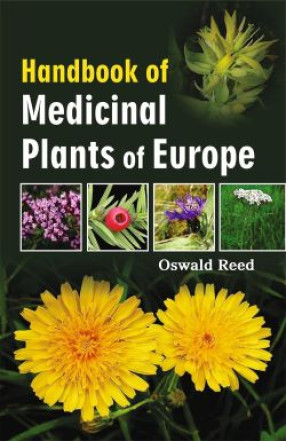Handbook of Medicinal Plants of Asia
Contents: Medicinal plants of China. 2. Medicinal plants of Indonesia. 3. Medicinal plants of India. 4. Medicinal plants of Nepal. 5. Important herb plants of Philippines.
It has abundant medicinal and aromatic plant species and traditional medicine in Asia has been practised since ancient times. The continent has well-documented traditional know- ledge, long-standing practice of traditional medicine and the potential for social and economic development of medicinal and aromatic plants in primary health care and industrial scale production. It is one of the largest biodiversity regions in the world containing some of the richest countries in plant resources. The continent has diverse plant ora but species richness is concentrated mainly in tropical or subtropical regions. Six of the world's 18 biodiversity hot-spots, namely the Eastern Himalaya, North Borneo, Peninsular Malaysia, Sri Lanka, the Philippines and the Western Ghats of South India lie in Asia. The countries of the region have large ora, for example China (30,000 species of higher plants), Indonesia (20,000), India (17,000), Myanmar (14,000), Malaysia (12,000) and Thailand (12,000). The island of Borneo has about 20,000 to 25,000 higher plant species. The current trend of forest destruction for the sake of development and the timber industry makes it important for scientists and the science involved to progress even faster in order to get potential of natural products from remaining forests. Biodiversity of medicinal plants is yet to be well studies in Malaysia. This is very important in view of the extensive destruction of habitants and also reduction of knowledgeable persons. The present book deals with all the important dimensions of this subject. It is a valuable reference source for all those interested in this subject. Coloured photographs of medicinal plants found in the area is an added attraction of the book.
Get it now and save 10%
BECOME A MEMBER










Bibliographic information